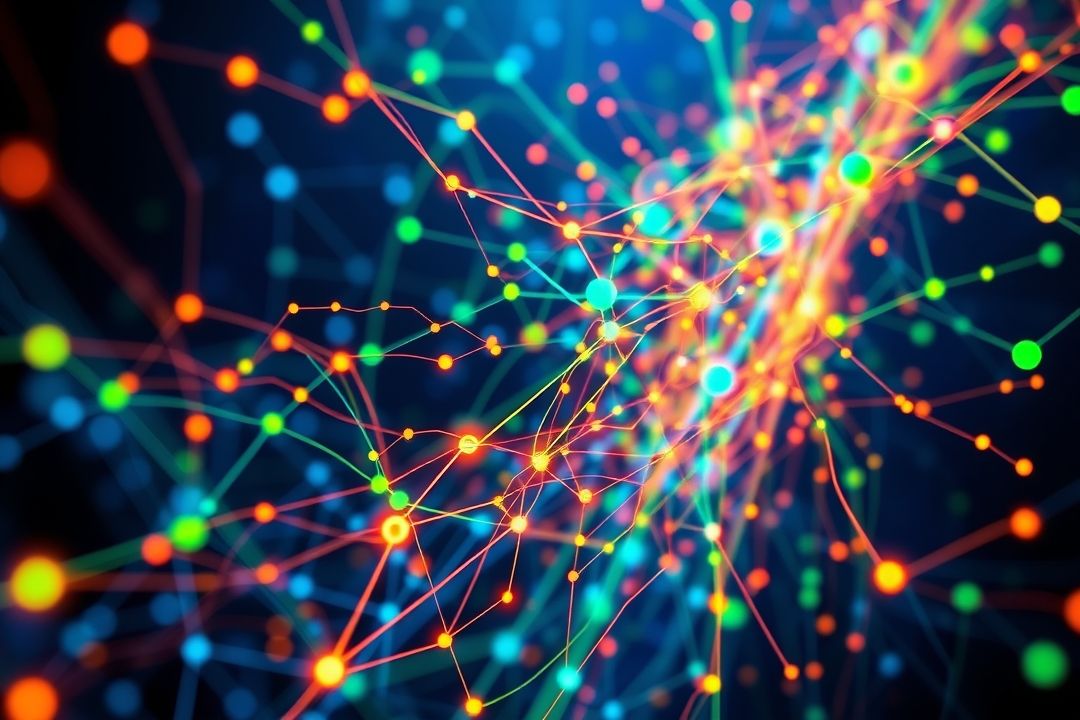Decoding the Landscape: A Comprehensive Guide to Large Language Model Types
Large Language Models (LLMs) are revolutionizing the field of artificial intelligence, powering applications ranging from chatbots and code generation to machine translation and text summarization. However, not all LLMs are created equal. Understanding the different types of LLMs and their architectural nuances is crucial for developers and AI enthusiasts alike. This guide provides a comprehensive overview of the major LLM architectures, highlighting their strengths, weaknesses, and ideal use cases.
Autoregressive Models
Autoregressive models, like GPT-3, GPT-4, and LaMDA, predict the next word in a sequence based on the preceding words. They generate text sequentially, one token at a time, making them excellent for creative text generation, dialogue systems, and tasks requiring fluency and coherence.
Strengths:
- Excellent fluency and coherence: Generates human-quality text with natural flow.
- Versatile applications: Suitable for various tasks like text completion, summarization, and creative writing.
- Easy to train: Relatively straightforward training process compared to other architectures.
Weaknesses:
- Limited context understanding: Can struggle with long-range dependencies and complex reasoning.
- Prone to hallucinations: May generate factually incorrect or nonsensical information.
- Computationally expensive: Requires significant computational resources for training and inference.
Encoder-Decoder Models
Encoder-decoder models, such as BART and T5, consist of two parts: an encoder that processes the input sequence and a decoder that generates the output sequence. This architecture allows for more complex tasks involving input-output mappings, such as machine translation and question answering.
Strengths:
- Handles diverse input-output formats: Suitable for tasks requiring mapping between different sequences.
- Better context understanding: Can handle longer sequences and capture more context than autoregressive models.
- Robustness to noise: Can better handle noisy or incomplete input data.
Weaknesses:
- More complex training: Requires more sophisticated training techniques compared to autoregressive models.
- Can be less fluent: Generated text may sometimes lack the fluency of autoregressive models.
Other Architectures
Beyond autoregressive and encoder-decoder models, other architectures are emerging, including:
- Transformer-XL: Addresses the context length limitations of standard transformers.
- Recurrence-based models: Utilize recurrent neural networks (RNNs) for sequential data processing.
- Hybrid models: Combine different architectures to leverage their respective strengths.
Choosing the Right LLM
Selecting the appropriate LLM depends heavily on your specific application and requirements. Consider factors such as:
- Task complexity: Simple tasks may benefit from autoregressive models, while complex tasks may require encoder-decoder models.
- Data availability: The amount and quality of training data will influence the choice of architecture.
- Computational resources: Training and deploying LLMs can be computationally expensive.
